Sweet secrets of sperm glycosylation
Sperm cells are highly specialized, with a head and tail designed for finding and fusing with an egg. The head contains the nucleus and the acrosome, a structure that helps sperm interact with the egg; while the tail provides movement, powered by mitochondria. Scientists have studied the proteins in sperm cells but know less about how these proteins are modified, especially via glycosylation, or the addition of sugars. Scientists from The Netherlands recently showed that sperm protein glycosylation plays a key role in survival and fertilization.
Karli Reiding at Utrecht University, leads a team that researches and develops methodologies for in-depth glycoproteomics, a detailed study of proteins that have sugar molecules, or glycans, attached to them. The group analyzes glycans and maps their precise attachment sites on proteins using glycoproteomics.
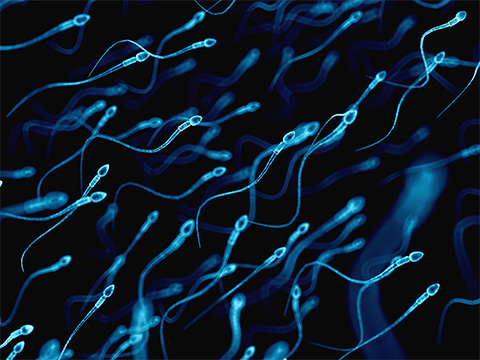
Reiding said posttranslational modifications are to proteins what clothing is to humans. These embellishments are essential for function, protection and adaptation to their environment.
“We interact with the world using our hands and senses,” Reiding said, “but we also adorn ourselves with clothing for various purposes, whether to stay warm, protect against rain or improve vision, as many of us do with glasses.”
In a recent study published in the journal Molecular & Cellular Proteomics, graduate student Rensong Ji and colleagues analyzed sperm N-glycosylation patterns, a type of glycosylation where glycans are attached to a protein at a specific site on the amino acid asparagine. The team compared the sugar patterns found in mature, ejaculated sperm cells from humans, bulls and boars to those in human plasma using liquid chromatography with tandem mass spectrometry.
The researchers found that sperm have unique sugar coatings, different from those in human plasma and that distinct parts of the sperm house unique sugar patterns. These sugar identities and patterns are similar across species, suggesting they are crucial for sperm function and fertility.
“If a protein is decorated in a specific way, we do not know if it is important or just arbitrary,” Ji said. “But if we see the same pattern across closely related species, it suggests evolutionary pressure to maintain it. Finding these unexpected, conserved glycosylation patterns across species indicates there’s likely something important underlying it.”
The researchers showed that sperm cells from humans, bulls and boars share a highly similar set of proteins, with 87 of them carrying specific sugar modifications, N-glycans. These sugar patterns were consistent across species suggesting that this similarity may be important for sperm survival, movement through the female reproductive system and fertilization.
The study also found that different types of sugar molecules localize to specific parts of sperm cells. For example, paucimannoses sugars localize to the acrosomal vesicle, a part of the sperm involved in fertilization, whereas oligomannose sugars are concentrated in the sperm's head membrane. This suggests these glycans play unique roles in sperm function.
“By understanding the role of glycans in sperm, we might improve fertilization (methods), such as IVF treatments, and find new ways to intervene,” Ji said.
Reiding added: “(U)nderstanding fertilization better could help us select the most fertile bulls or boars for farming.”
Enjoy reading ASBMB Today?
Become a member to receive the print edition four times a year and the digital edition monthly.
Learn moreGet the latest from ASBMB Today
Enter your email address, and we’ll send you a weekly email with recent articles, interviews and more.
Latest in Science
Science highlights or most popular articles
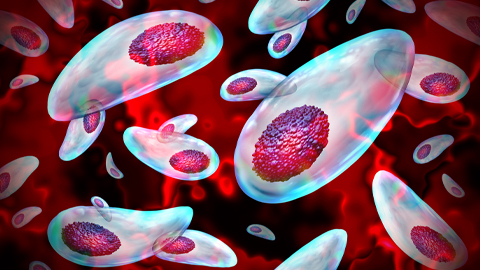
Targeting Toxoplasma parasites and their protein accomplices
Researchers identify that a Toxoplasma gondii enzyme drives parasite's survival. Read more about this recent study from the Journal of Lipid Research.
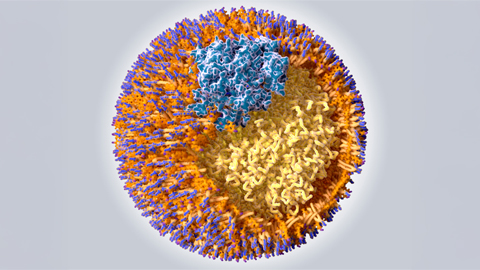
Scavenger protein receptor aids the transport of lipoproteins
Scientists elucidated how two major splice variants of scavenger receptors affect cellular localization in endothelial cells. Read more about this recent study from the Journal of Lipid Research.
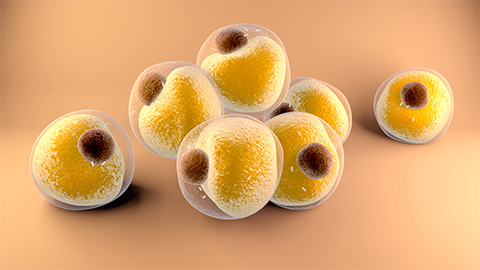
Fat cells are a culprit in osteoporosis
Scientists reveal that lipid transfer from bone marrow adipocytes to osteoblasts impairs bone formation by downregulating osteogenic proteins and inducing ferroptosis. Read more about this recent study from the Journal of Lipid Research.
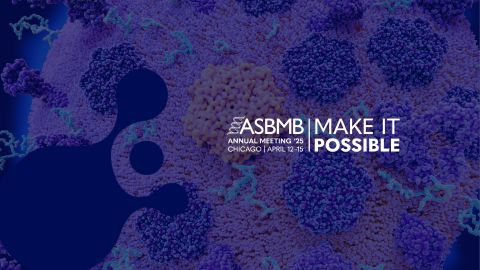
Unraveling oncogenesis: What makes cancer tick?
Learn about the ASBMB 2025 symposium on oncogenic hubs: chromatin regulatory and transcriptional complexes in cancer.
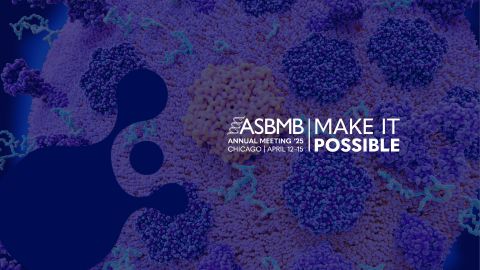
Exploring lipid metabolism: A journey through time and innovation
Recent lipid metabolism research has unveiled critical insights into lipid–protein interactions, offering potential therapeutic targets for metabolic and neurodegenerative diseases. Check out the latest in lipid science at the ASBMB annual meeting.
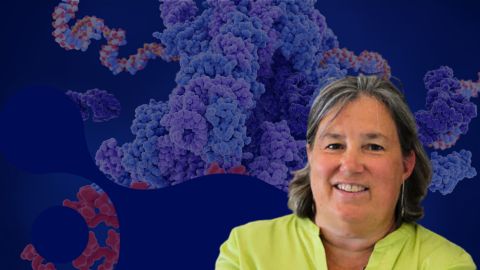
Melissa Moore to speak at ASBMB 2025
Richard Silverman and Melissa Moore are the featured speakers at the ASBMB annual meeting to be held April 12-15 in Chicago.

